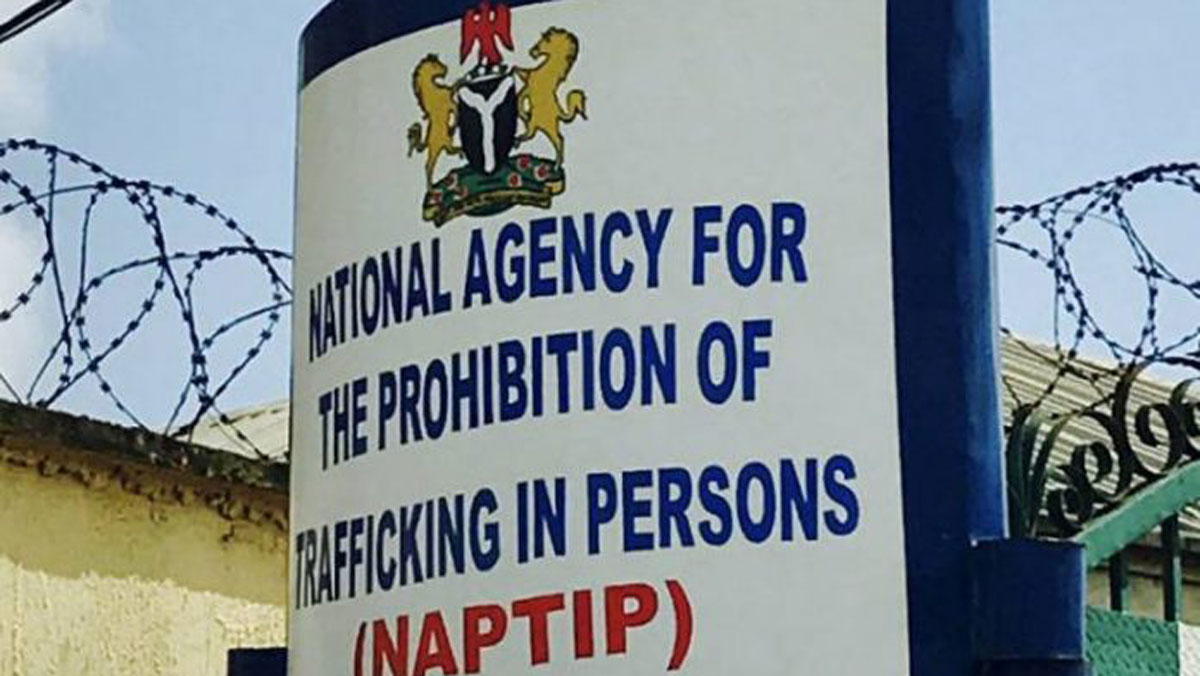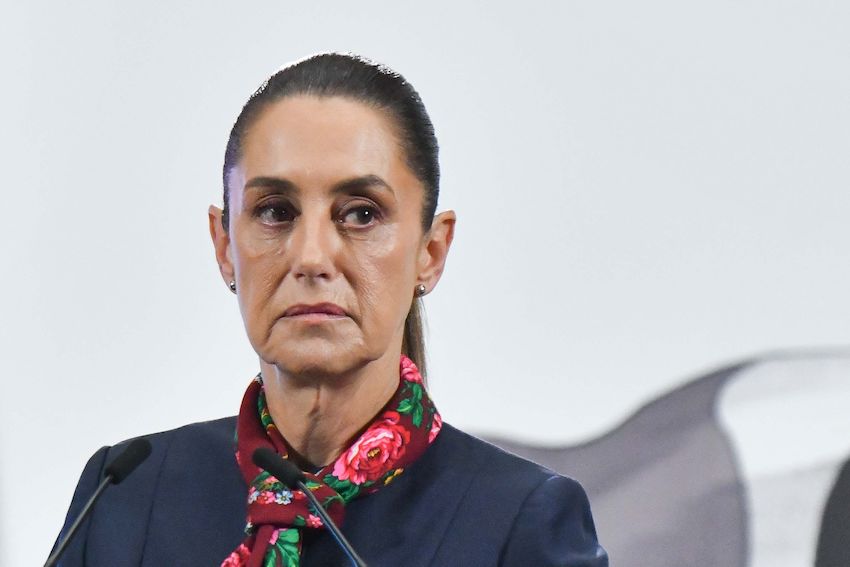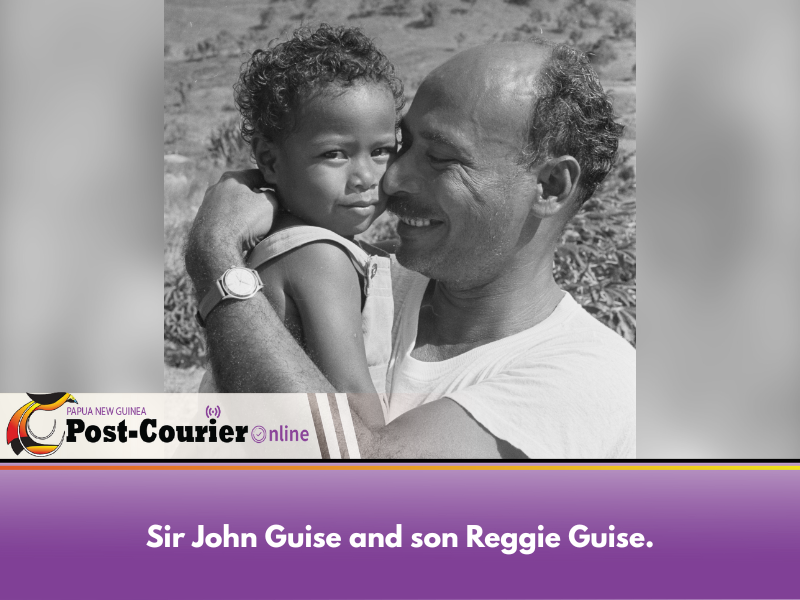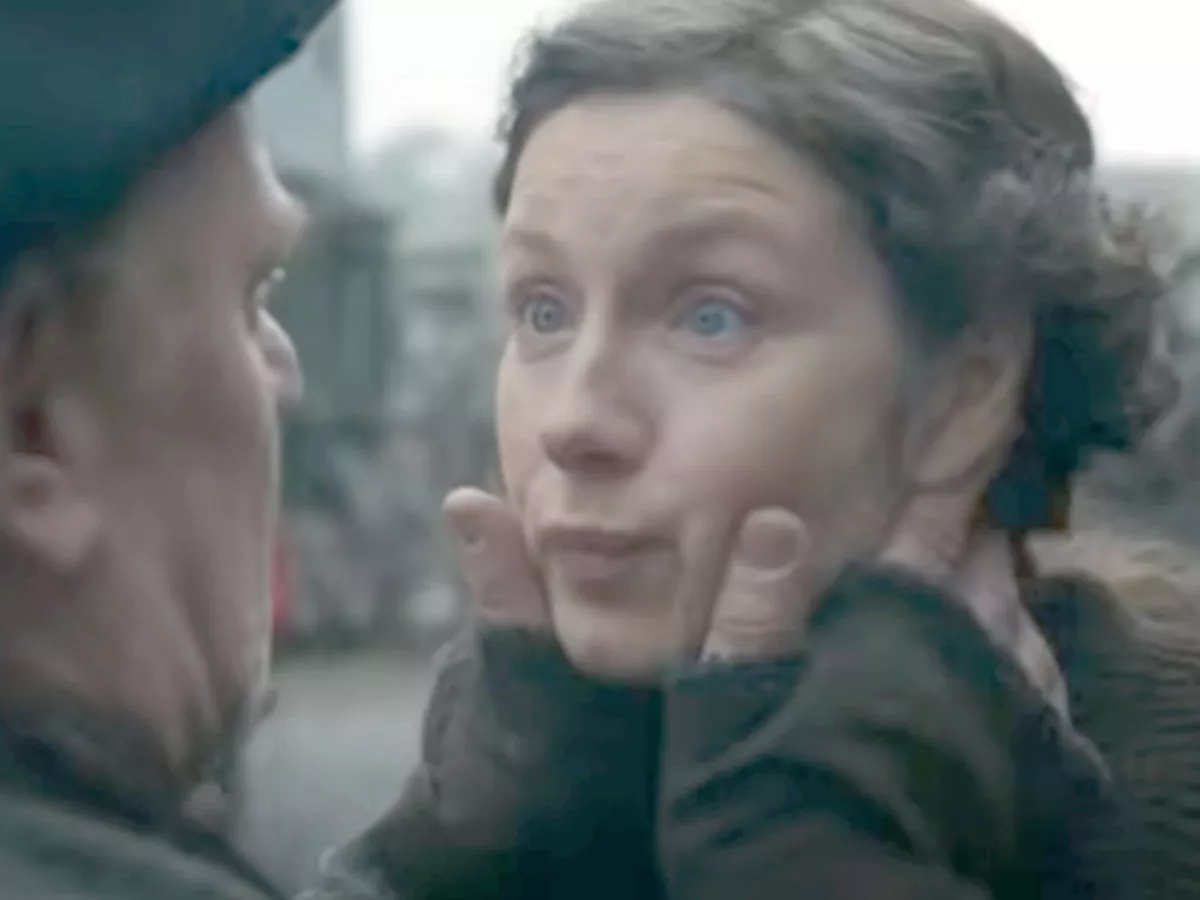By MIRIAM NNOLI
Copyright newtelegraphng

The National Agency for the Prohibition of Trafficking in Persons (NAPTIP) on Tuesday said it has rescued eight children suspected of having been stolen from northern states and trafficked to the south.
This was contained in a statement issued by NAPTIP’s spokesperson, Vincent Adekoye, titled ‘NAPTIP rescues eight suspected stolen children from a popular orphanage in Asaba, Delta State.
The agency said the operation, conducted with the Department of State Services (DSS), the Nigerian police, and local civil society groups, followed years of complaints from parents in Kano and neighbouring states over missing children.
According to the statement, syndicates posing as traders allegedly lured children aged between two and 10 from communities and transported them south, often vanishing overnight.
NAPTIP Receives 12 Trafficked Victims En Route Saudi Arabia In Kano
NAPTIP Raids Abuja Apartment, Arrests 8 Traffickers, Rescues 29 Victims
NAPTIP Rescues 25 Trafficked Women Enroute Saudi Arabia
“In 2017, some parents in Kano and other States in the Region raised an alarm on the unwholesome activities of some syndicates who move from one Community to another, luring children mostly between the ages of two years to 10 years and trafficking them to other parts of the country.
“The investigation revealed that the syndicates operating under the guise of traders typically work in two batches.
“While a syndicate normally lives briefly within such a Community, gets used to the children, and later disappears with them, others come in as traders and operate from parks and terminals, where they lure unaccompanied children on their way to school and errands.
“The rescued children were identified through their pictures and other features by the representative of the concerned parents from Kano State, out of the over 70 children found inside the Orphanage, including neonates,” the statement quoted NAPTIP’s Director General, Binta Bello, as saying.
“NAPTIP is seriously worried over the unwholesome activities of these so–called orphanages and Care Homes. Imagine over 70 children inside an orphanage, and the number keeps increasing daily.
“The big question is, where are these children from?” she queried.



